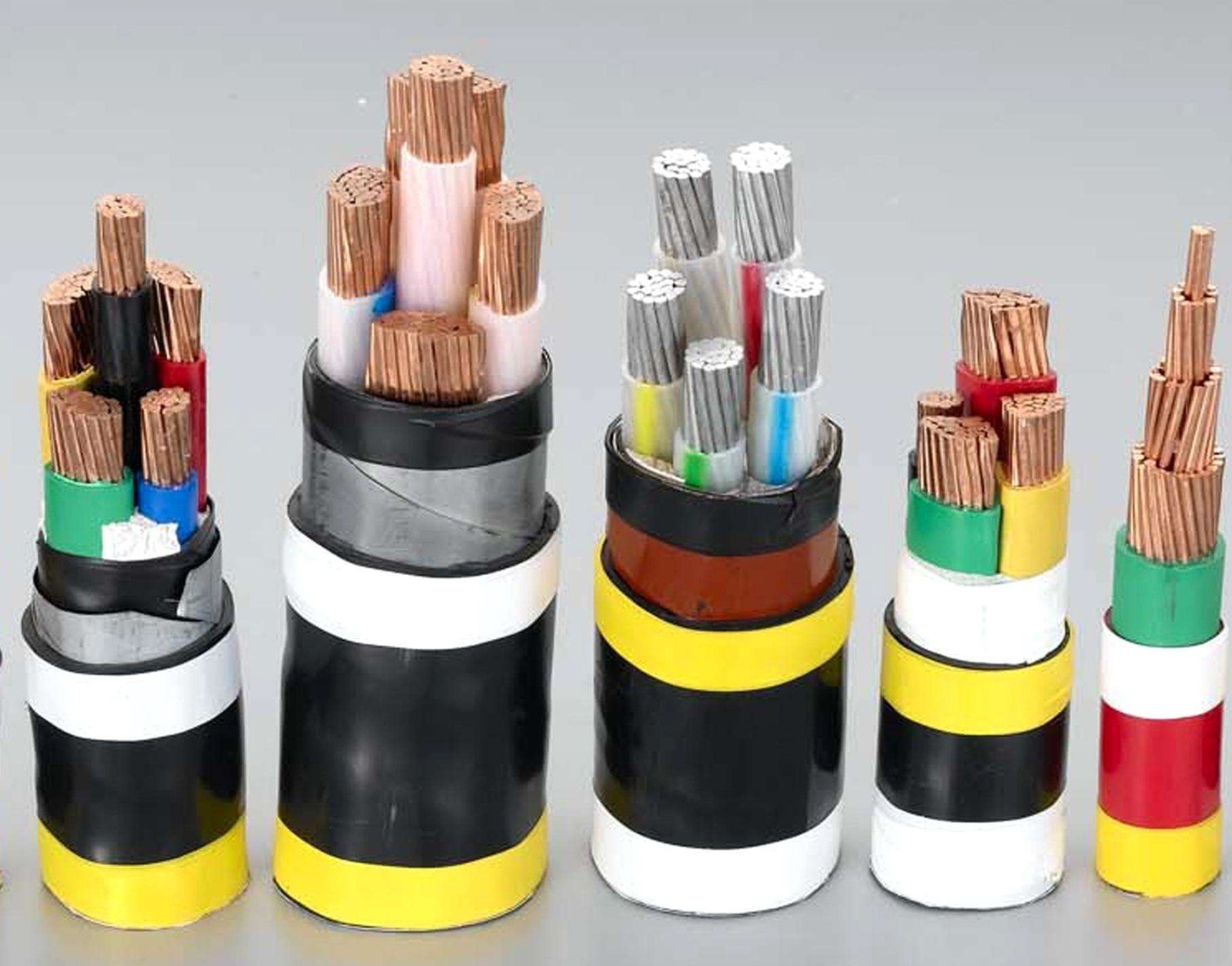
Often people can not tell what the advantages of each of the aluminum-core cable and copper-core cables are, where is the scope of application? Therefore ZMS cable editor has compiled a comparison of the differences between the two as well as the advantages and disadvantages.
1 Copper and aluminum wire cross-sectional flow are different.
2 Aluminum wire is relatively cheap.
3 Aluminum wire is lighter in quality.
4 The mechanical strength of aluminum wire is poor.
5 Aluminum wire is extremely easy to oxidize at the splice line end, the splice line end oxidation will appear after the temperature rise
6 Copper wire has a small internal resistance.
Aluminum wire has than the internal resistance of copper wire, but faster than copper wire heat dissipation.
Mainly different current-carrying capacities and different mechanical strengths.
Copper resistivity 0.017, aluminum 0.029. So the current-carrying capacity of aluminum is about 80% of copper. The mechanical strength of copper is also much better.
1 Copper-core cable resistivity is low, and aluminum-core cable resistivity than copper-core cable is about 1.68 times higher.
2 Copper-core power cable ductility is good.
3 Copper-core cable strength, the allowable stress at room temperature, copper can reach 20, aluminum is 15.6kgt/mm2.
4 Copper-core electrical cable fatigue resistance, aluminum repeated bending prone to fracture, copper is not easy.
5 Copper-core cable stability, corrosion resistance, copper core oxidation, corrosion resistance, while the aluminum core is susceptible to oxidation and corrosion.
1 When selecting wire and cable, consider the use, laying conditions, and security.
For example, according to the use of different, can choose power cables, overhead insulated cables, control cables, etc.
2 According to the different laying conditions, you can choose the general plastic insulated cable, steel belt armored cable, steel wire armored cable, anti-corrosion cable, etc.
3 According to the security requirements, can choose not to extend the flame cable, flame retardant cable, halogen-free flame retardant cable, fire-resistant cable, etc.
1 Determine the use of wire and cable specifications (conductor cross-section), which should generally consider heat, voltage loss, economic current density, mechanical strength, and other selection conditions.
2 According to experience, low-voltage power lines because of load current is larger, so generally, first, select the cross-section according to the heat conditions, and then test its voltage loss.
3 Low-voltage lighting lines because of their higher requirements for the voltage level, you can first select the cross-section according to the allowable voltage loss conditions, and then test the thermal conditions and mechanical strength.
4 Although aluminum-core cables and cheaper, copper cables have outstanding advantages in cable power supply, especially in the field of underground cable power supply.
Underground use of copper-core cable power supply has a low accident rate, corrosion resistance, high reliability, easy construction, and maintenance, etc.